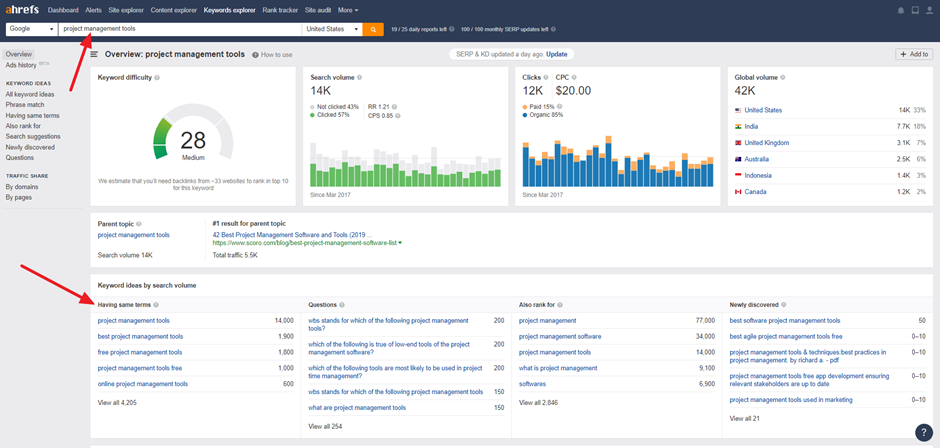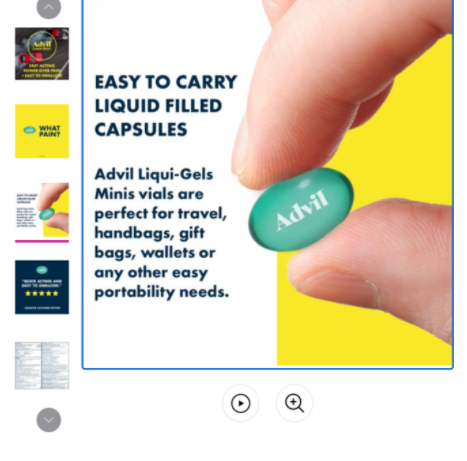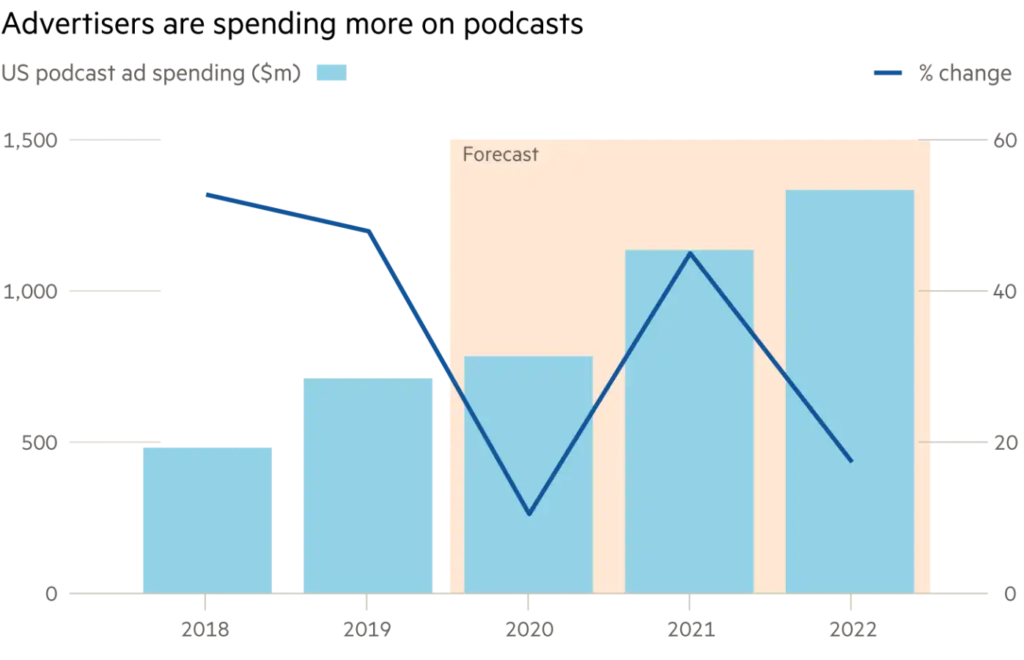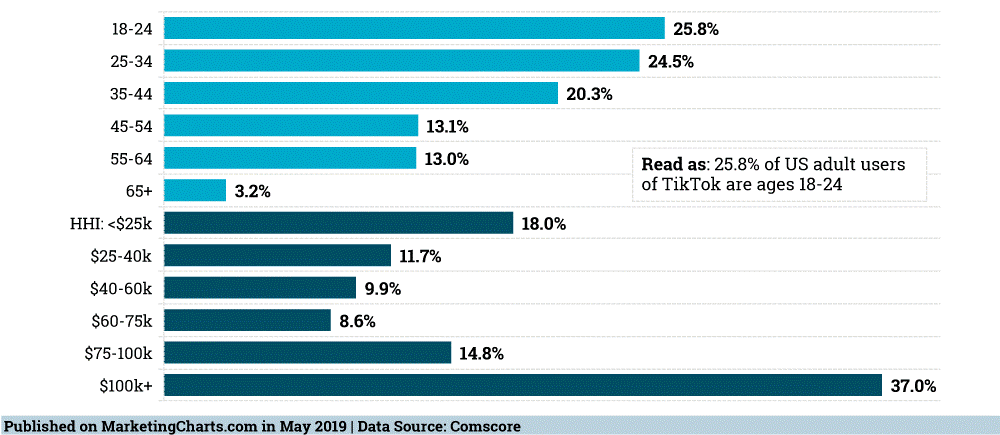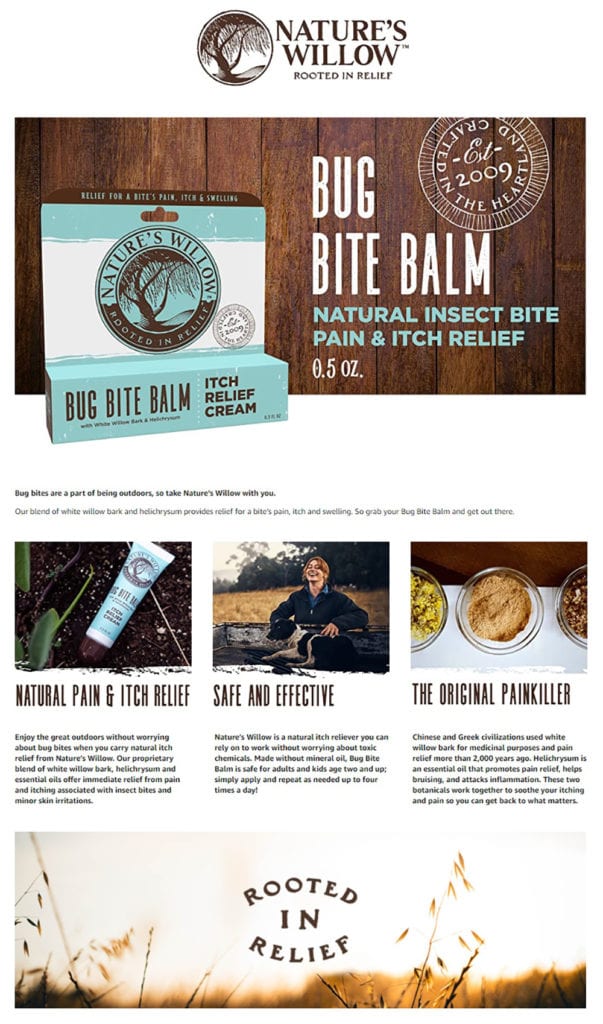Generally, there’s an understanding that search engine optimization (SEO) benefits the website (blog or social media platform) by earning traffic and exposure which generates leads in the long run. Although lead generation is a completely separate set of tasks targeted specifically at acquiring new leads, it is quite closely related to SEO.
While a changing marketplace is placing new demands on how marketers relate to their target audiences, lead generation strategies are evolving to meet new expectations. However, one element that is often overlooked by some marketers is the concept of SEO.
B2B SEO and Lead Generation
Considering the ever-changing market, while most marketers are working hard to stay abreast, it can be difficult to stay on top of all of it. B2B SEO itself is constantly evolving, and generating a steady flow of qualified leads is every marketer’s eternal priority. Both strategies can benefit from tearing down some silos and working together.
Start by conducting user intent research on a few of your top keywords. See if the results are what you expected, and, if not, how your company’s content meets the need. With some strategic content, properly optimized for the people who need it most, your lead generation strategy could quickly take on a whole new life.
Modern B2B SEO Strategies Need User Intent Research
Merging SEO and lead generation strategies starts with a modern understanding of SEO – specifically a concept called “user intent.” User intent is the underlying meaning behind the keywords people type in a search engine text box. Consequently, there are two primary types of user intent:
- Inform: When the user is looking to learn about a topic
- Purchase: When a user is shopping for something described by the keyword
Discovering what your audience really means when they use your keywords is as simple as Googling them. The pages that rank highest for a keyword represents the type of content people are looking for most often when searching that particular keyword. How do we know? Because Google is heavily invested in providing the best user experience, and their algorithms always active to decipher the intent behind every search term.
The knowledge of your user’s intent is a valuable insight for any part of your SEO campaign. Knowing your users’ intentions, you can steer them to content that meets their needs. For example, based on the information above, a business selling email marketing should make sure its content includes a strong product page that targets “email marketing” and related keywords. Whereas, a business selling marketing automation, on the other hand, should focus on creating high-quality, informative content for that keyword.
Lead Generation Needs Purchase Intent Research
Buyers and are self-educating further into the sales funnel than ever before. They are unconcerned with your carefully crafted buyer’s journey model—entering the funnel wherever they like and proceeding through it completely at their own pace.
Most marketers recognize this and are adapting their lead generation strategies to keep up with evolving trends and expectations. Many are hard at work developing engaging, helpful content. That’s an encouraging first step, but, as with any digital content, it’s important to pause and ask yourself whether it’s reaching the buyers who need it, when they need it.
Building content doesn’t mean the leads will come. While sharing your own content is important, a digital marketplace commonly turns to search engines when they’re ready to research or make a purchase. That means the content you create for every stage of the sales funnel has to be search engine optimized for the user for their unique buyer’s journey.
Buyers at the top-of-the-funnel, or the beginning of their buyers’ journeys, are looking for educational or entertaining information: definitions of key lingo, simple explanations of core industry principles, infographics, and other easily digestible media. That means the keywords that are generating those kinds of search results are the ones most likely being used by the segment of your audience that is at the top-of-the-funnel. Those are the keywords your entry-level content should be targeting.
By contrast, the keywords that generate strong purchase intent search results are likely being used by the portion of your audience that is ready (or almost ready) to buy. Those results include a lot of product pages, vendor comparisons, price sheets, etc. As you create that kind of content, target the keywords that are being used by people who are ready to make a purchase.
How to Use SEO for Lead Generation
B2B leads driven through SEO are especially inexpensive compared to leads obtained through other channels. Consequently, it is regarded as the go-to strategy. The following are steps on how to use SEO to improve your lead generation strategies:
- List relevant keywords. If you’ve never done this before, you can use free tools like Google’s Keyword Planner, Google Trends, and/or Keywordtool.io. You can also start with a list of your key products and services, and terms that are important to your industry.
- Research keywords. You may want to use spreadsheets for this step to help keep everything organized. Google each of your keywords, and make a note about whether the search results primarily reflect an inform or purchase intent, and to what degree. Some will be heavily skewed, and others will be fairly balanced.
- Organize the results sales funnel. Keywords that generate a strong inform intent are most likely going to represent users at the top-of-the-funnel. Those that generate search results with a strong purchase intent are likely being used by people closer to the bottom-of-the-funnel.
- Optimize contents. Review content you have already created. If some assets were developed specifically for one stage of the funnel, make sure it is using appropriate language. If a piece of content was created to target a specific keyword, make sure it is addressing the user intent behind that keyword.
- Create informative content (to fill in the gaps). Write informative content that connects with potential leads and existing knowledge gaps. If you have the wrong type of content for a particular keyword/user intent, you don’t necessarily need to remove it, but you do need to create additional content. For example, if an important keyword yields a strong inform intent in search results and all your website has is a product page for that term, you need to start building some informative content assets, such as blog posts, landing pages, and ebooks. If a keyword has a fairly balanced user intent—a few informative pages and a few product pages—it’s 100% okay to create a few (high-quality, engaging, helpful) pages based on related keywords for each user intent.
- Earn authoritative links. To build authoritative links, you’ll have to become an authority in your industry by providing tons of informative content, which you already know to be important. When other high-authority industry leaders link to your content, Google will also begin to see you as a leader, and place you higher in search results — an added bonus to get more leads. As for turning leads into sales, potential customers will see that high-authority figures are linking to your content, which will help them to see your value.

